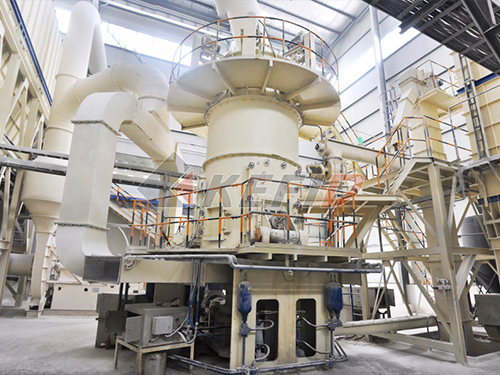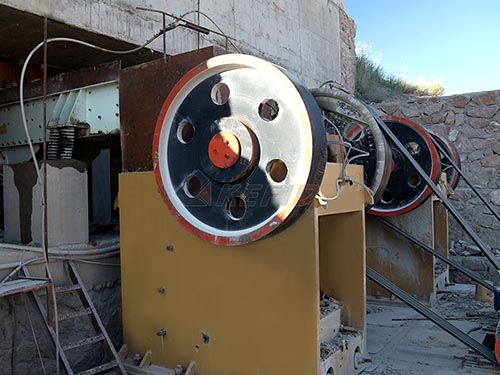Beyond Shards: The Rise of Glass Crushers Crafting Rounded Edges
For decades, glass recycling conjured images of jagged cullet – fragmented glass laden with sharp edges and hazardous potential. While effective for volume reduction and remelting feedstock, this traditional output presented significant challenges: handling risks, limited reuse applications beyond furnace feed, and persistent safety concerns throughout the logistics chain. However, a transformative evolution is underway with glass crushers specifically engineered to produce fragments with rounded edges, unlocking new value streams and enhancing safety across the recycling industry.
The Problem with Sharp Edges:
Conventional glass crushers (like hammer mills or jaw crushers) excel at breaking bottles and containers into small pieces through forceful impact or compression. While efficient for size reduction, this process inherently creates fractured surfaces with sharp points and cutting edges:

1. Safety Hazards: Handling sharp cullet poses significant risks to workers during collection, sorting, transportation, processing, and final use (e.g., landfill cover). Cuts and puncture wounds are common.
2. Limited Applications: Sharp-edged cullet is primarily suitable as feedstock for glass manufacturing furnaces or low-value aggregate (e.g., landfill daily cover). Its abrasive nature and potential for injury restrict broader reuse.

3. Logistics Challenges: Transporting sharp material requires careful packaging and handling procedures to prevent bag punctures or container damage.
4. Product Perception: The hazardous appearance discourages innovative uses in consumer-facing or sensitive environments.
The Solution: Engineering Rounded Edges
Advanced glass crushing systems designed to produce rounded fragments address these limitations head-on through innovative processing techniques:
1. Impact + Abrasion Technology: These specialized machines often combine an initial crushing stage (impact-based) with a secondary processing stage focused on attrition and abrasion.
2. Tumbling Action: Crushed glass is typically fed into a rotating drum or vibrating chamber containing itself or sometimes specific media (like ceramic beads). As the fragments tumble against each other vigorously under controlled conditions…
3. The Rounding Effect: …the constant friction and collision wear down the sharp corners and edges through a natural peening process similar to how rocks become smooth in a riverbed or tumbler.
4. Precise Control: Operators can often adjust parameters like tumbling duration, rotational speed/vibration intensity, and potentially media type/size to achieve the desired degree of edge rounding – from significantly softened to fully polished pebbles.
The Tangible Benefits of Rounded

Leave a Reply